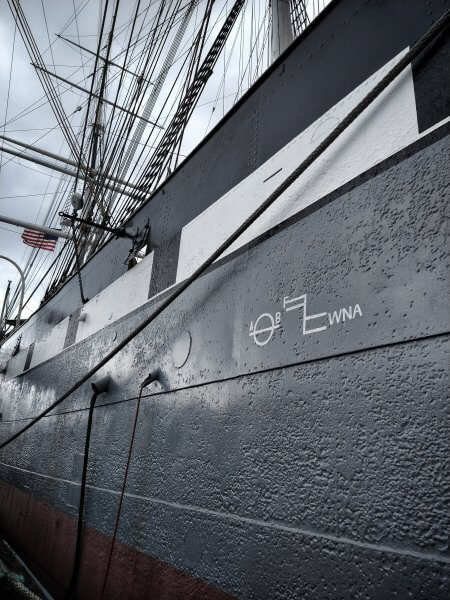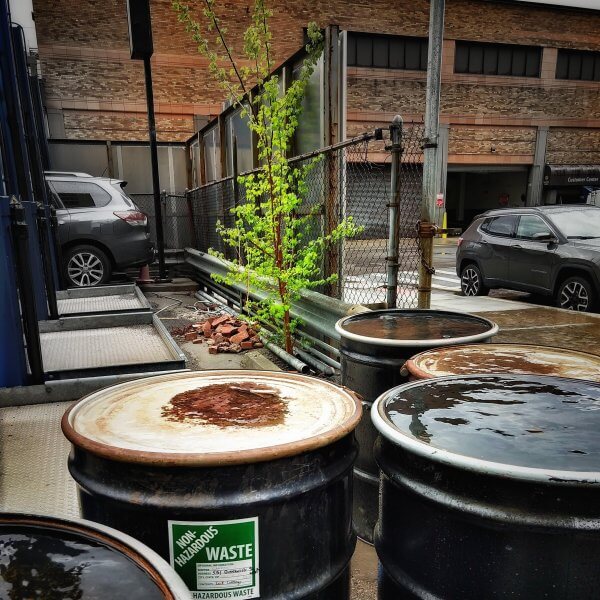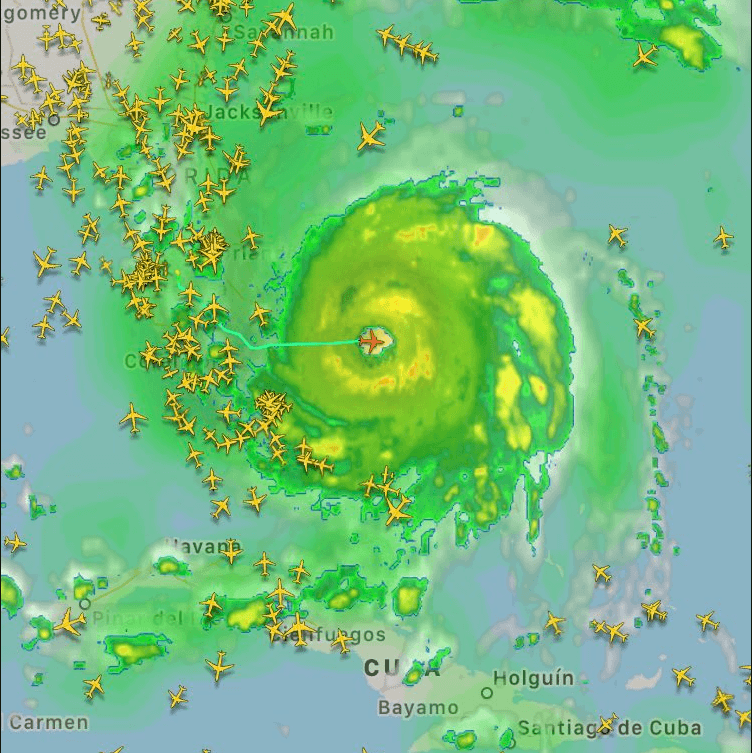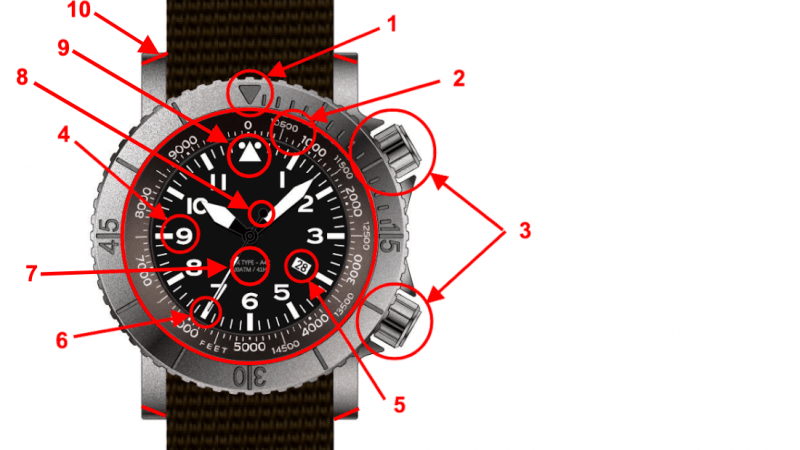In Turkey, there’s an ancient tradition called askida ekmek practiced in bakeries. Askida ekmek translates into “bread on the hook.”
When someone buys a loaf of bread, they can tell the baker they’d like to put some bread on the hook. That means they pay for an extra loaf.
But not for themselves. That extra loaf gets hung up on a hook on the wall. When someone who has fallen on rough times comes by the shop, they can ask the baker, “Is there any bread on the hook?” The extra loaf that had been paid for is then given to one in need.
It’s a way of paying it forward, and loving neighbors with a simple gesture. There are many ways to pay it forward.
One of the most life-giving ways is to put yourself “on the hook” by sharing your work into the world. It’s costly, uncomfortable, and downright scary sometimes to be on the hook.
Instead of just consuming, you create. The act of creation is an opportunity to nourish, share what you’ve learned — and, in best case scenarios, even delight your crew.
And creativity is not just drawing or painting. Creativity is the work of discovering or revealing a lost truth, shouldering the responsibility of solving problems, and serving people.
All around us, there are ways we can put some bread on the hook.
We make a living by what we get; we make a life by what we give.
Three-minute action:
Choose one step you can take toward putting something up “on the hook” for people around you.
(via Seth Godin, The Practice)







 Master of One, Jordan Raynor.
Master of One, Jordan Raynor.






 Achievement Habit, Bernard Roth.
Achievement Habit, Bernard Roth. How to Have a Good Day, Caroline Webb.
How to Have a Good Day, Caroline Webb.

 Renovation of the Hearth, Dallas Willard.
Renovation of the Hearth, Dallas Willard.

 Lord of the Rings, by J.R.R. Tolkien.
Lord of the Rings, by J.R.R. Tolkien. Trigger Warning, Neil Gaiman.
Trigger Warning, Neil Gaiman. The Wholeness of Father Brown: The Complete Collection of Detective Mysteries, G.K. Chesterton.
The Wholeness of Father Brown: The Complete Collection of Detective Mysteries, G.K. Chesterton.

 You , Me, We, Erin Jang.
You , Me, We, Erin Jang.

